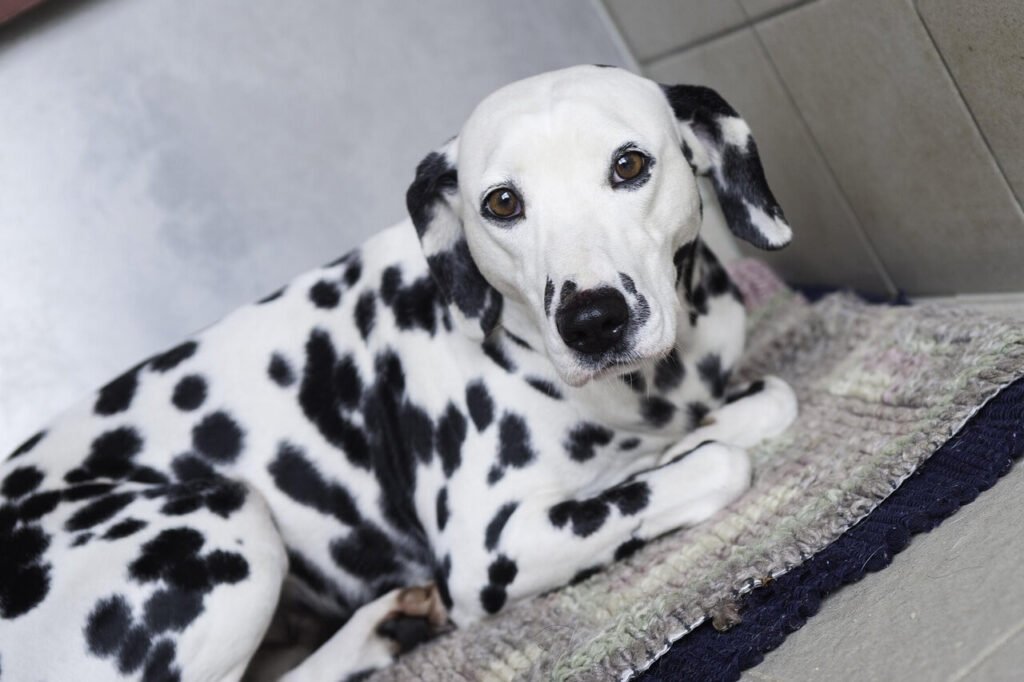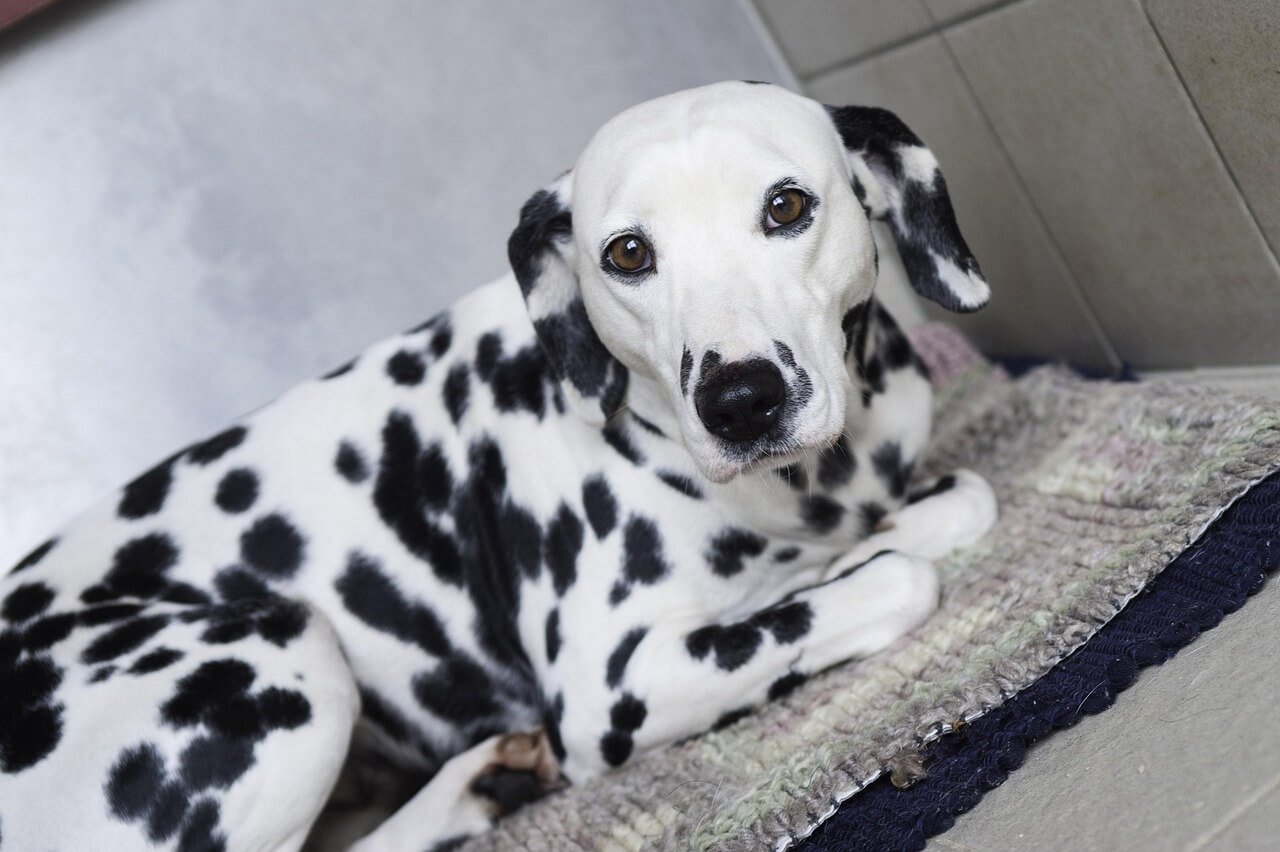Can Dogs Eat Crab Meat? What You Need to Know
Crab meat is a delicious and nutritious seafood option for humans, but can dogs eat crab meat too? Many pet owners wonder if sharing this protein-rich treat with their furry friends is safe. The short answer is yes—dogs can eat crab meat in moderation, but there are important considerations to keep in mind. From potential health benefits to risks like allergies and choking hazards, understanding how to safely introduce crab meat to your dog’s diet is crucial. In this blog post, we’ll explore everything you need to know about feeding crab meat to your dog, ensuring it’s both safe and enjoyable for them. Let’s dive in!
Health Benefits of Crab Meat for Dogs
When prepared correctly, crab meat can offer several nutritional benefits for dogs. It’s packed with essential nutrients that support overall health and well-being. Here’s what makes crab meat a potentially great addition to your dog’s diet:
High-Quality Protein
Crab meat is an excellent source of lean protein, which helps build and repair muscles, tissues, and cells.Rich in Omega-3 Fatty Acids
These healthy fats promote skin and coat health while supporting brain function and reducing inflammation.Vitamins and Minerals
Crab meat contains vitamins like B12 and minerals such as zinc and selenium, which boost the immune system and support metabolic functions.Low in Fat
Compared to other meats, crab is relatively low in fat, making it a good option for dogs needing weight management.Hydration Support
Fresh crab meat has a high moisture content, which can help keep your dog hydrated, especially during warmer months.
While crab meat offers these benefits, moderation is key. Always introduce it gradually and monitor your dog for any adverse reactions.
Potential Risks of Feeding Crab Meat to Dogs
While crab meat can be a healthy treat, there are risks associated with feeding it to your dog. Being aware of these potential dangers will help you make informed decisions.
Choking Hazard from Shells
Crab shells are hard, sharp, and difficult to digest, posing a serious choking risk or causing intestinal blockages.Allergic Reactions
Some dogs may be allergic to seafood, leading to symptoms like itching, swelling, or digestive upset after eating crab meat.High Sodium Content
Processed or canned crab meat often contains added salt, which can lead to dehydration or sodium toxicity in dogs.Parasites and Bacteria
Raw or undercooked crab meat may harbor parasites or harmful bacteria like salmonella, which can cause illness.Mercury and Toxins
Certain types of seafood, including crab, may contain trace amounts of mercury or environmental toxins that can accumulate over time.
To minimize these risks, always serve crab meat plain, cooked thoroughly, and free of shells or seasonings. Consult your veterinarian before introducing any new food to your dog’s diet.
Check this guide 👉Can Dogs Eat Turkey? Best 7 Health Tips!
Check this guide 👉Can Dogs Eat Rib Bones? Best 7 Health Tips!
Check this guide 👉Can Dogs Eat Chicken Nuggets? Best 7 Health Tips!

Safe Ways to Feed Crab Meat to Dogs | Foods to Avoid When Feeding Crab Meat |
|---|---|
Plain, cooked crab meat (no seasoning) | Canned crab with added salt or preservatives |
Small portions as an occasional treat | Raw or undercooked crab meat |
Remove all shells and cartilage | Crab legs or claws with hard exteriors |
Mix with regular dog food for variety | Spices, garlic, or onion in crab dishes |
Serve fresh, steamed crab only | Fried crab cakes or breaded preparations |
How to Safely Introduce Crab Meat to Your Dog
If you’re considering adding crab meat to your dog’s diet, it’s important to do so carefully. Follow these steps to ensure a smooth and safe introduction:
Start with Small Portions
Begin by offering a tiny amount of plain, cooked crab meat to see how your dog reacts.Cook Thoroughly Without Seasoning
Steam or boil the crab meat without adding salt, spices, or oils to keep it safe and healthy.Remove All Shells and Cartilage
Double-check that no shell fragments or tough cartilage remain, as these can harm your dog’s digestive tract.Monitor for Adverse Reactions
Watch for signs of allergies, digestive upset, or discomfort after feeding crab meat.Limit Frequency
Treat crab meat as an occasional snack rather than a regular part of your dog’s diet to avoid overconsumption.
By following these guidelines, you can safely share this tasty treat with your dog without compromising their health.
Signs Your Dog May Not Tolerate Crab Meat
Not all dogs will tolerate crab meat well, and some may experience adverse reactions. Recognizing these signs early can help you address any issues promptly.
Skin Irritation or Itching
Allergic reactions to crab meat may cause redness, itching, or hives on your dog’s skin.Digestive Upset
Vomiting, diarrhea, or excessive gas can indicate intolerance or sensitivity to crab meat.Lethargy or Weakness
If your dog seems unusually tired or uninterested in activities, it could signal a negative reaction.Swelling Around the Face or Mouth
Swelling is a common sign of an allergic response and requires immediate veterinary attention.Difficulty Breathing
Labored breathing or coughing after eating crab meat could indicate a severe allergic reaction or choking hazard.
If you notice any of these symptoms, stop feeding crab meat immediately and consult your veterinarian. Early intervention is key to keeping your dog safe.
Alternative Seafood Options for Dogs
If you’re unsure about feeding your dog crab meat or want to explore other seafood options, there are several alternatives that can provide similar nutritional benefits. Here are some safe and healthy choices:
Salmon
Rich in omega-3 fatty acids, salmon supports skin health and reduces inflammation when cooked thoroughly and served plain.Shrimp
Shrimp is low in calories and high in protein, but it must be peeled, deveined, and cooked without seasoning before serving.Tuna
Canned tuna packed in water (not oil) can be an occasional treat, but limit portions due to mercury content.Cod
Cod is a mild, easily digestible fish that’s low in fat and rich in vitamins like B6 and B12.Sardines
Sardines are small, nutrient-dense fish that are safe for dogs when served plain and bone-in for added calcium.
These alternatives offer variety while providing essential nutrients. Always introduce new foods gradually and ensure they’re prepared safely for your dog.
Signs Your Dog Loves Seafood Treats
Some dogs naturally gravitate toward seafood, showing clear signs of enjoyment when offered these tasty morsels. If you’re feeding your dog crab meat or other seafood, here’s how to tell if they’re a fan:
Excited Behavior at Mealtime
Your dog may wag their tail, bark, or eagerly approach their bowl when seafood is on the menu.Quick Consumption
Dogs who love seafood often gobble it up faster than their regular food.Begging for More
A pleading gaze or persistent nudging after finishing their portion indicates they enjoyed the treat.Licking Their Lips Repeatedly
Lip-licking is a common sign of satisfaction after eating something delicious.Calm and Content Demeanor
After enjoying seafood, your dog may appear relaxed and happy, signaling they’re pleased with the meal.
If your dog shows these signs, you’ve likely found a new favorite treat! Just remember to keep portions small and infrequent to avoid overindulgence.
Common Mistakes to Avoid When Feeding Seafood to Dogs
While seafood can be a healthy addition to your dog’s diet, certain mistakes can lead to health risks or discomfort. Avoid these common pitfalls to ensure your dog stays safe:
Feeding Raw or Undercooked Seafood
Raw seafood can harbor bacteria, parasites, or toxins that pose serious health risks to dogs.Adding Harmful Seasonings
Salt, garlic, onions, or spices commonly used in seafood dishes can upset your dog’s stomach or even be toxic.Ignoring Portion Sizes
Overfeeding seafood can lead to digestive upset or nutrient imbalances, so stick to small, occasional servings.Offering Bones or Shells
Sharp bones or shells can cause choking hazards or damage your dog’s mouth, throat, or digestive tract.Not Considering Allergies
Some dogs are allergic to seafood, so failing to monitor for reactions can result in missed warning signs.
By avoiding these mistakes, you’ll ensure your dog enjoys seafood safely and responsibly. Preparation and observation are key to keeping your furry friend healthy and happy.
FAQ
Can dogs eat crab meat every day?
No, crab meat should only be given as an occasional treat due to its high sodium and potential toxin content.
Is raw crab meat safe for dogs?
No, raw crab meat can contain harmful bacteria or parasites and should never be fed to dogs.
Can dogs eat canned crab meat?
Canned crab meat often contains added salt and preservatives, making it unsafe for dogs. Always choose fresh, plain crab meat instead.
Are crab shells safe for dogs?
No, crab shells are sharp and indigestible, posing a choking hazard or causing intestinal blockages.
What should I do if my dog eats crab shells?
Contact your veterinarian immediately, as ingesting crab shells can lead to serious complications like internal injuries or obstructions.
Enjoying Crab Meat Safely with Your Dog
Feeding crab meat to your dog can be a delightful way to add variety to their diet, but it’s essential to prioritize safety and moderation. By understanding the benefits, risks, and proper preparation methods, you can ensure your furry friend enjoys this seafood treat without any adverse effects. Always observe your dog closely when introducing new foods and consult your veterinarian if you have concerns. With careful planning, you and your dog can savor the occasional bite of crab meat together, creating happy and healthy memories along the way.
Canned Pumpkin for Cat Diarrhea: Best 7 Expert Tips! Natural remedy to firm stools, soothe upset bellies, and support gut health safely.
Can a Cat Give You Scabies? Best 7 Expert Tips! Discover the truth about feline mites, human skin risks, and how to protect yourself—without panic.
Cat Flea vs Human Flea: Best 7 Expert Tips! Discover the truth about bites, species, and how to eliminate infestations for good.
Weird Cat Behaviors: Best 7 Expert Tips! Discover why cats do strange things—and how to understand, not punish, their instincts for a happier home.





